An effective oil spill kit is essential for managing spills and preventing environmental damage. Key components...
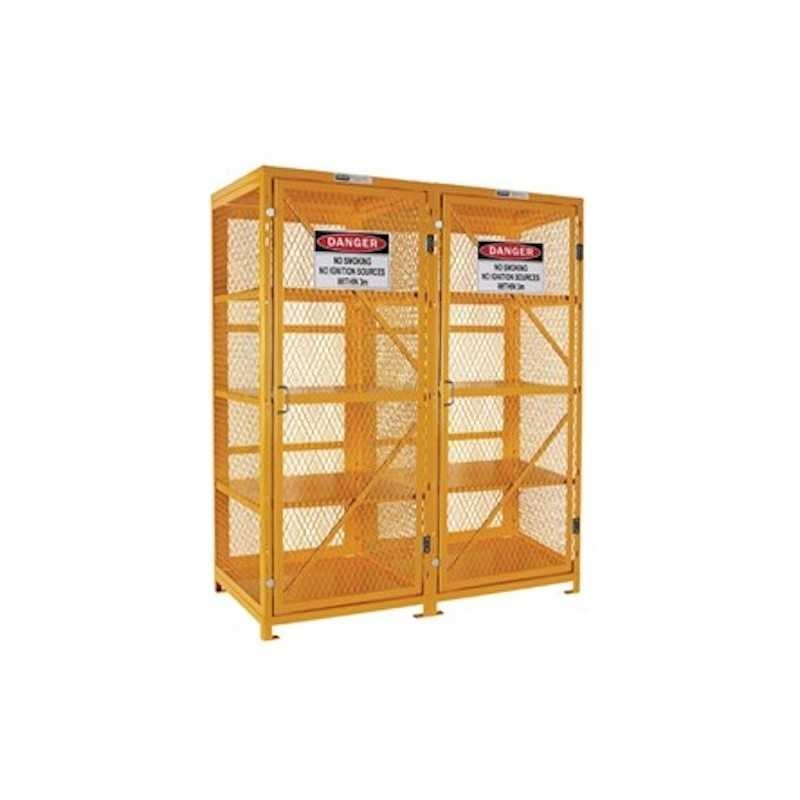
Choosing the Right Gas Cage for Safe Storage of Dangerous Goods
When it comes to storing dangerous goods, such as flammable gases or liquids, it is essential to have the appropriate storage solutions in place. Gas cages provide a secure environment for storing and protecting these hazardous materials. In this article, we will guide you through the key considerations to help you choose the right gas cage for storing dangerous goods safely.
Assess Your Storage Needs: Start by evaluating your specific storage requirements. Consider the types and quantities of dangerous goods you need to store. Determine whether you require storage for gas cylinders, flammable liquids, or both. Understanding your needs will help you select the appropriate gas cage size, capacity, and features.
Compliance with Regulations: Ensure that the gas cage you choose complies with relevant regulations and standards. Different jurisdictions have specific guidelines regarding the storage of dangerous goods. Verify that the gas cage meets or exceeds the requirements of applicable safety codes, such as those set by regulatory bodies like Work Safe Australia, or local authorities.
Material and Construction: Gas cages are typically constructed from sturdy materials like steel or aluminum. Consider the material's durability, resistance to corrosion, and overall strength. Opt for cages made from high-quality materials to ensure long-lasting performance and protection against external elements. Additionally, check for proper ventilation features to prevent the build-up of flammable vapors within the cage.
Security and Access Control: Safety and security go hand in hand when it comes to storing dangerous goods. Look for gas cages with robust security features, such as lockable doors and tamper-resistant mechanisms. Adequate access control prevents unauthorised individuals from accessing or tampering with the contents. Choose gas cages that offer flexibility in terms of key-based or combination lock systems, depending on your security needs.
Ventilation and Environmental Considerations: Proper ventilation is crucial for storing certain dangerous goods. Gas cages should have adequate airflow to prevent the accumulation of flammable or noxious gases. Assess the ventilation design of the gas cage to ensure it meets the specific requirements of the materials being stored. Consider environmental factors such as exposure to extreme temperatures or weather conditions to ensure the cage can withstand and protect against such elements.
Ease of Installation and Mobility: Consider the ease of installation and potential mobility requirements. Some gas cages are designed for permanent installation, while others offer portability. Evaluate whether you need a fixed gas cage or one that can be moved to different locations. Portable cages often come with features like forklift pockets or casters for easy transportation.
Choosing the right gas cage for storing dangerous goods is a crucial step in ensuring the safety of your workplace. By carefully assessing your storage needs, considering regulatory compliance, selecting appropriate materials, prioritizing security, ventilation, and mobility, you can make an informed decision that provides a secure and compliant storage solution for your dangerous goods.


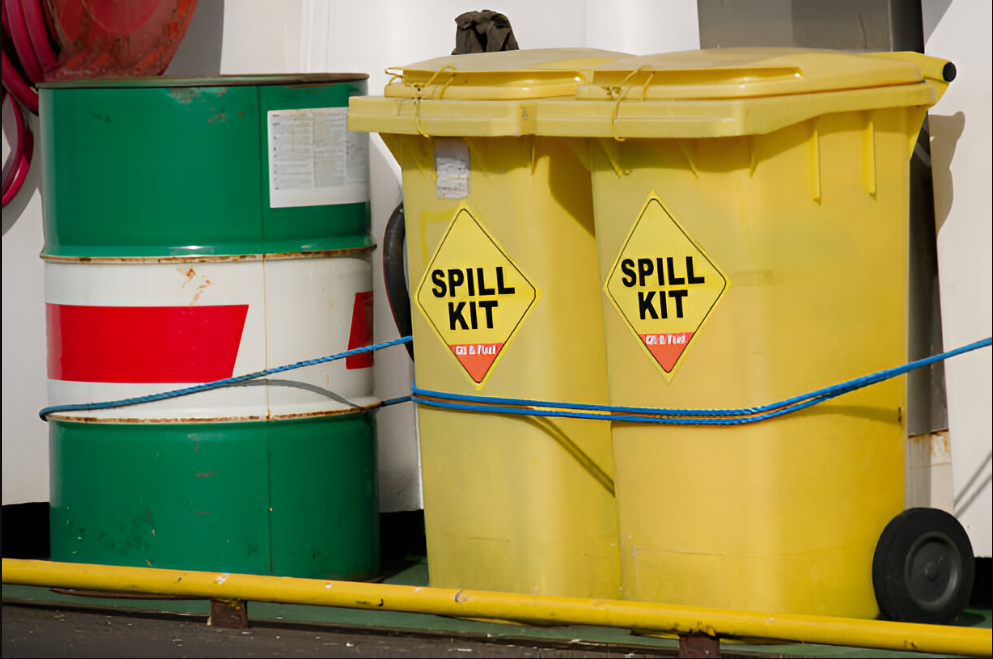
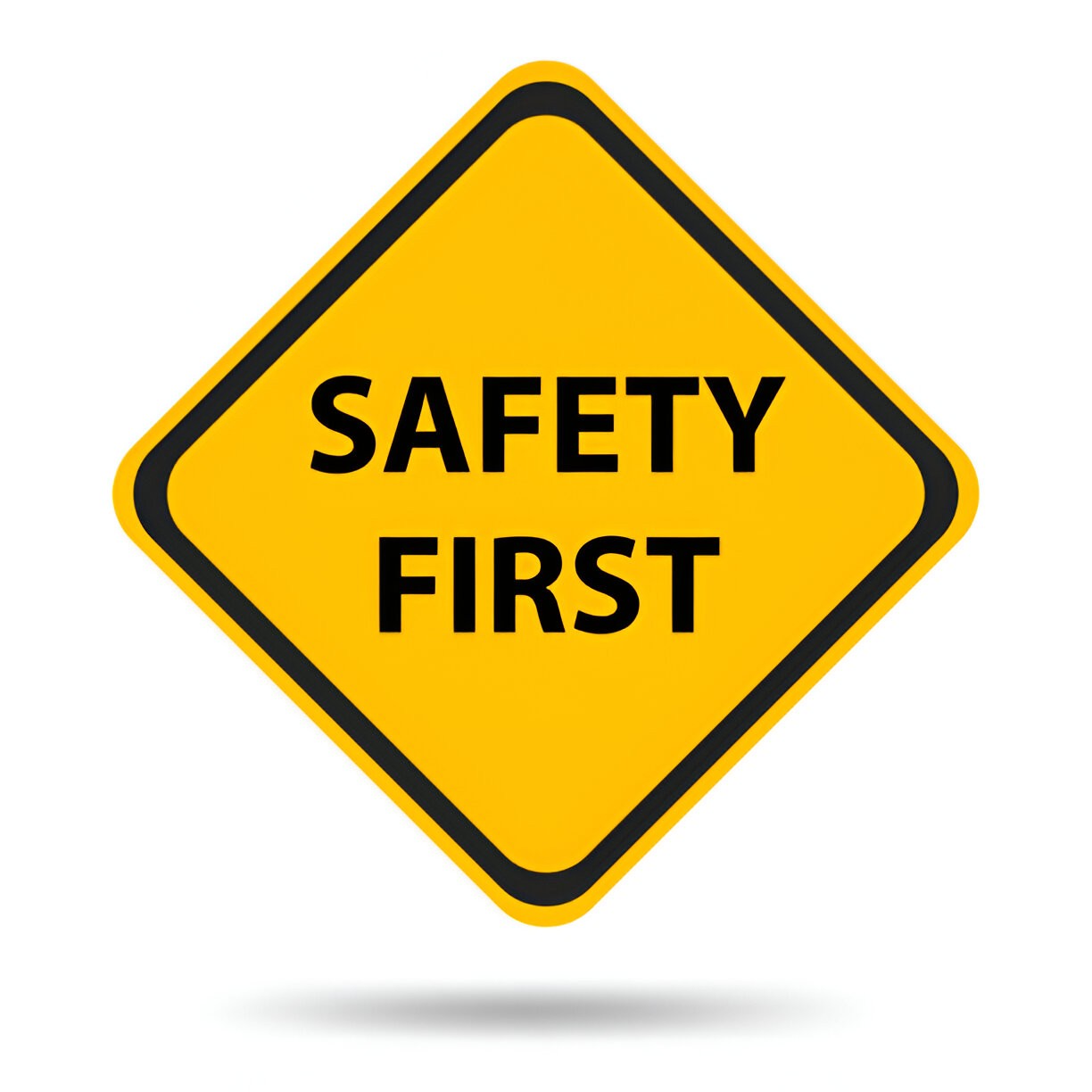

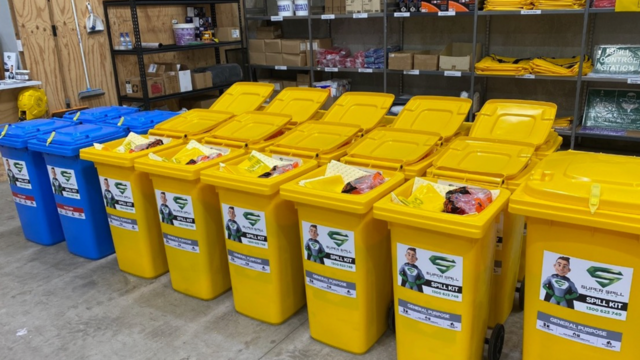
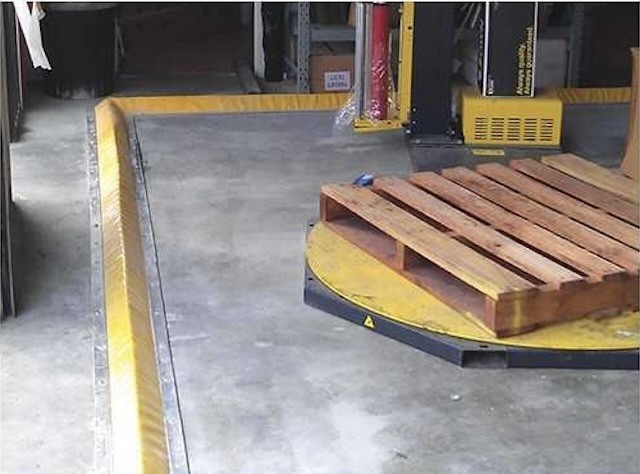
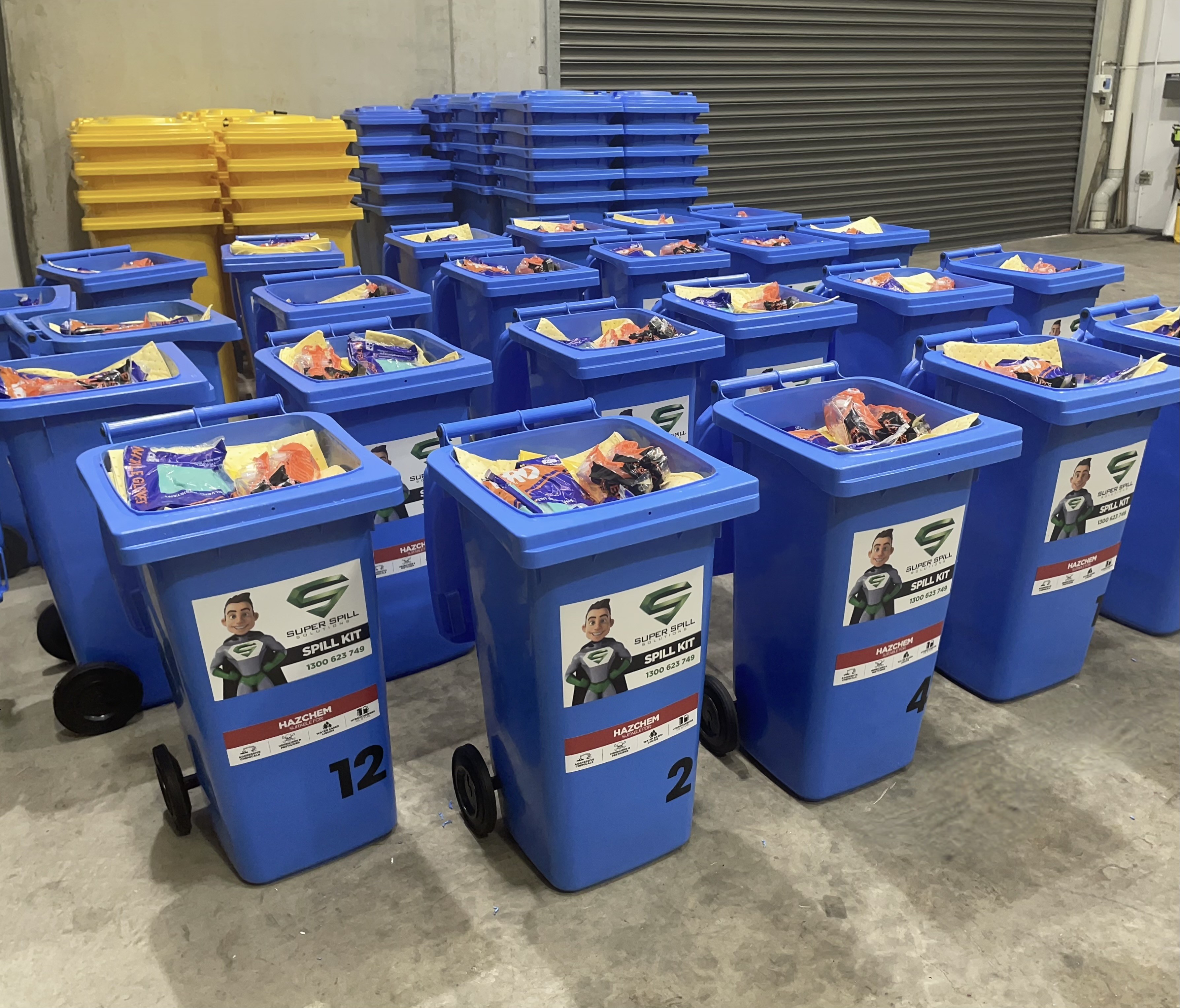
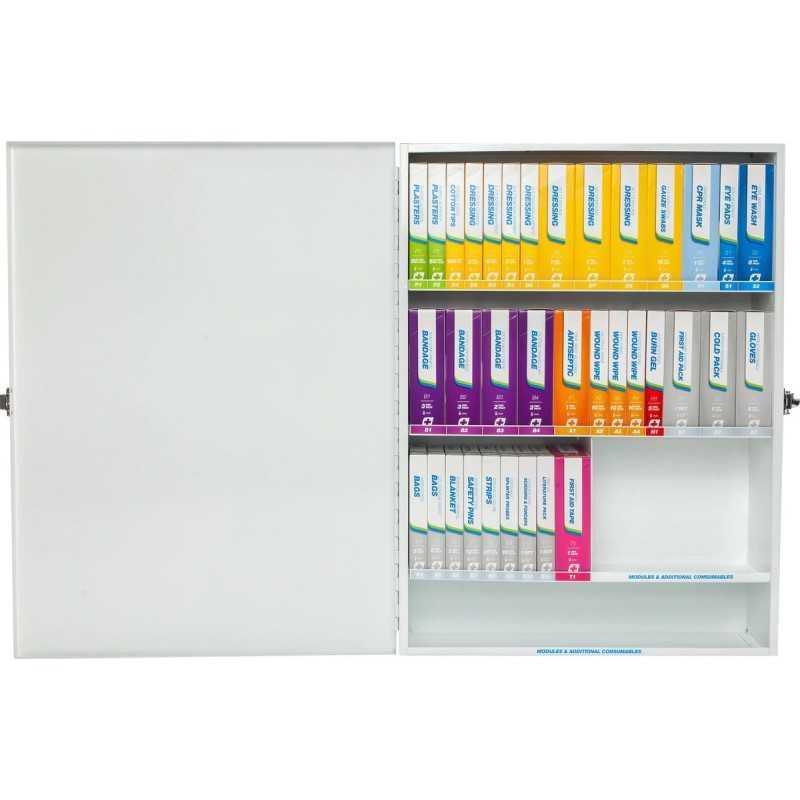
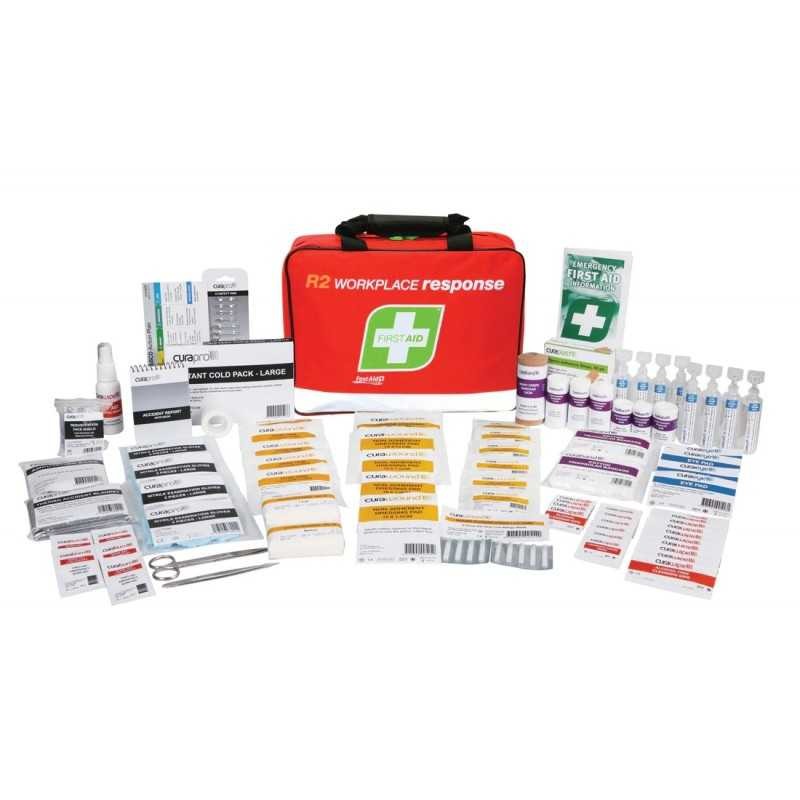
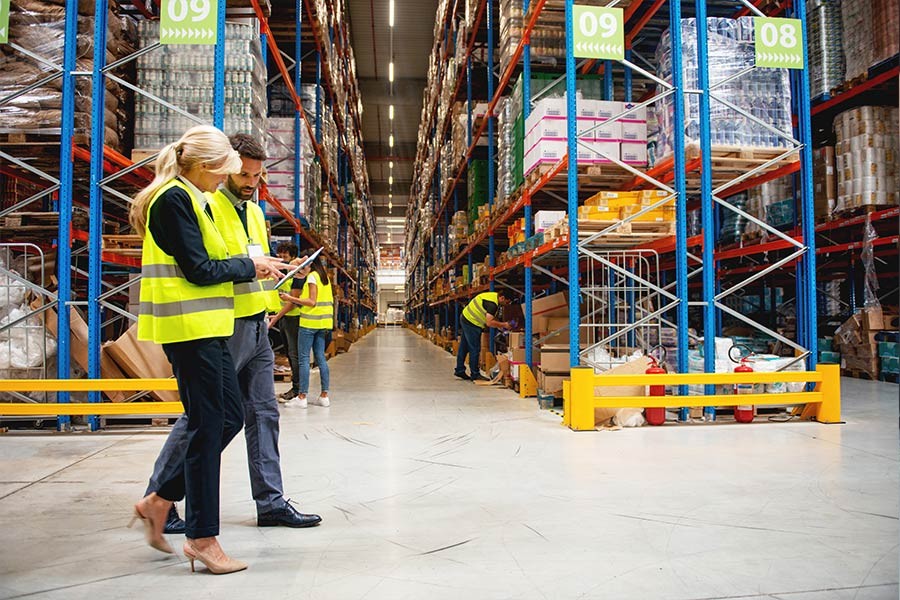
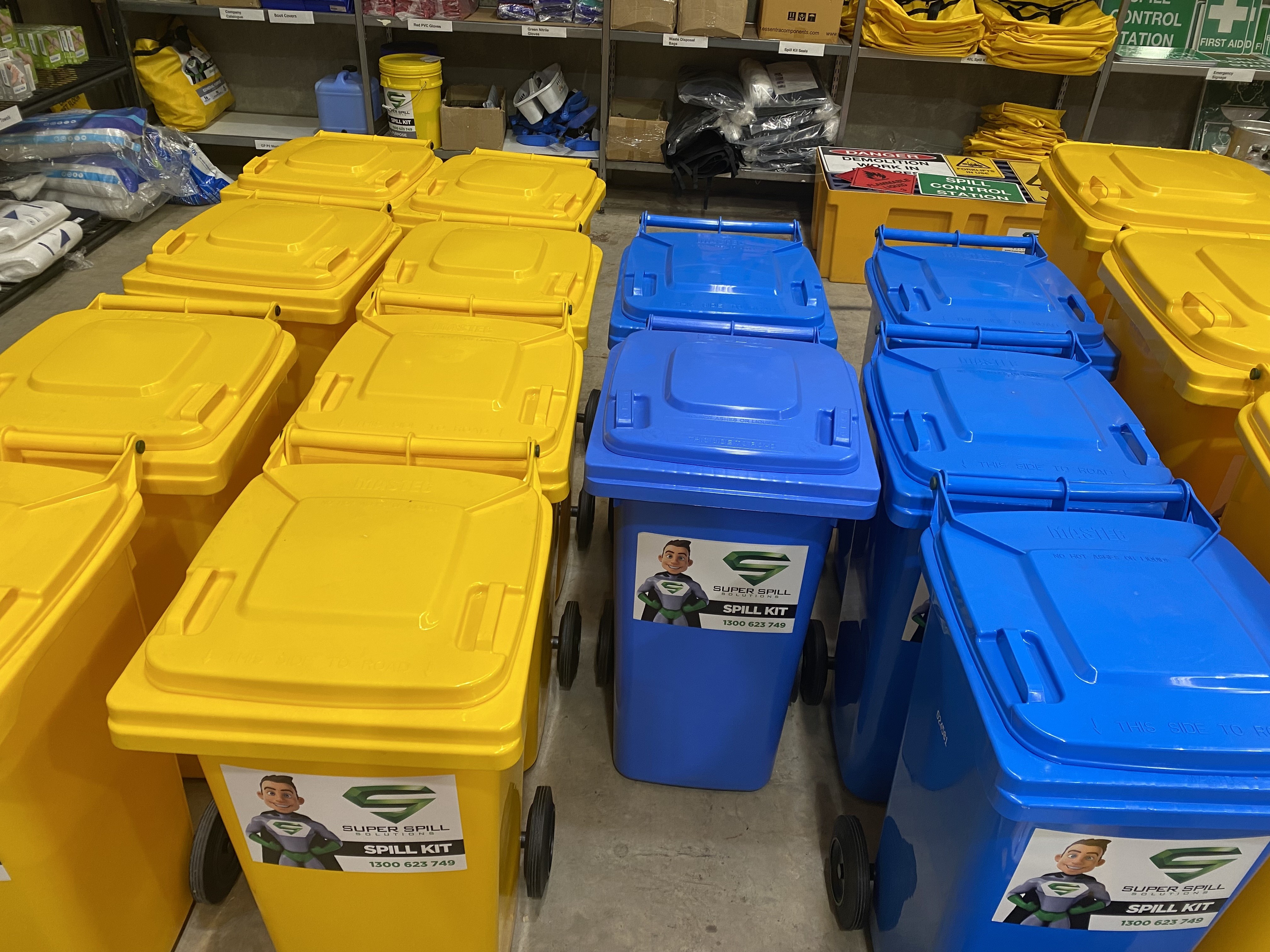
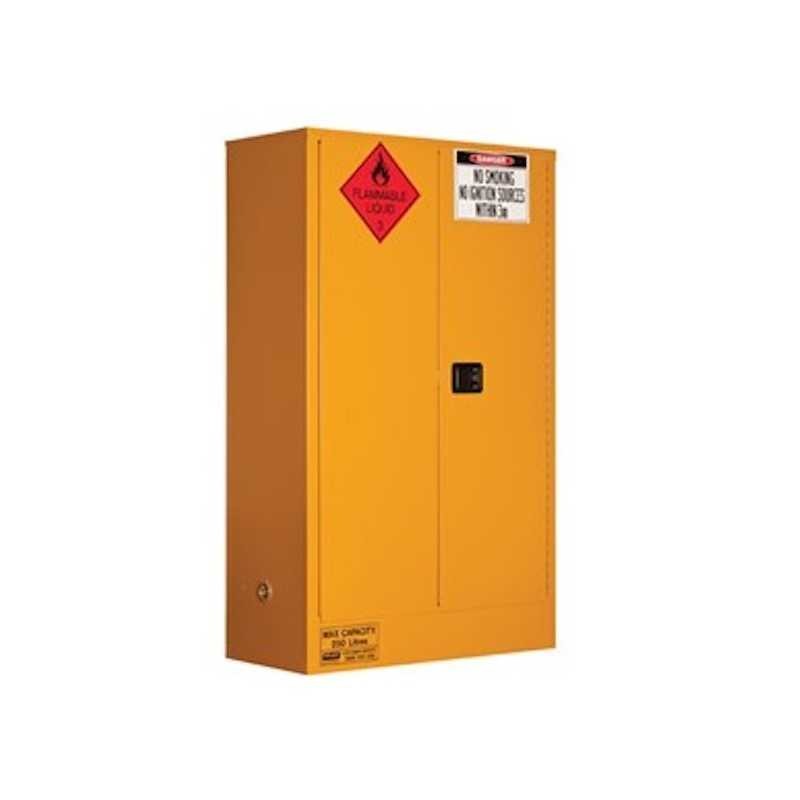
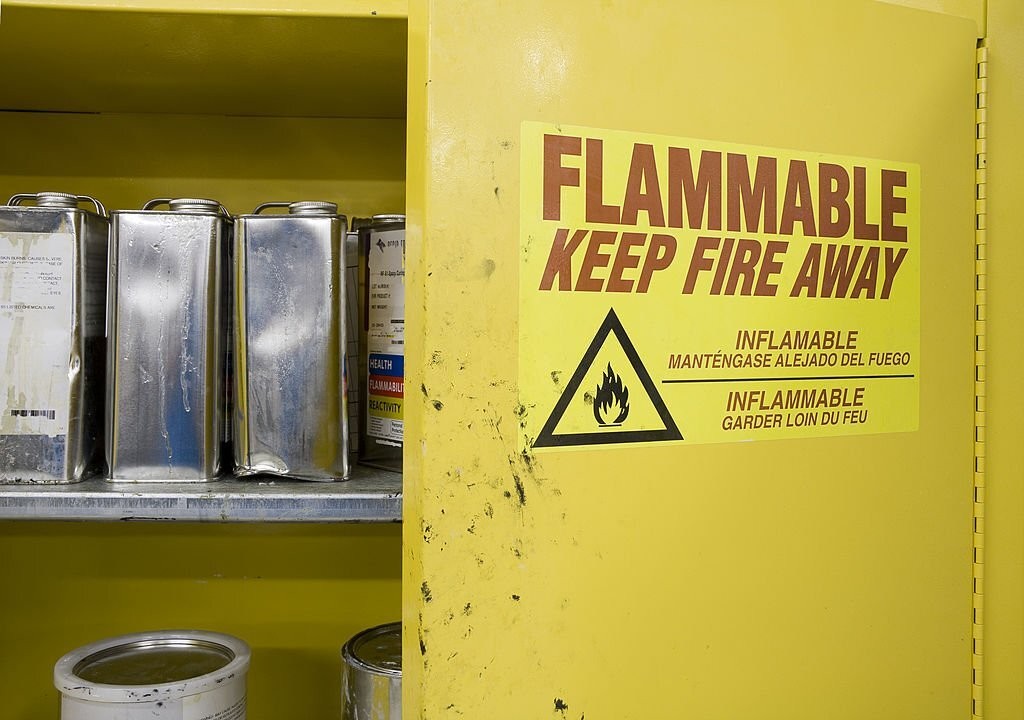
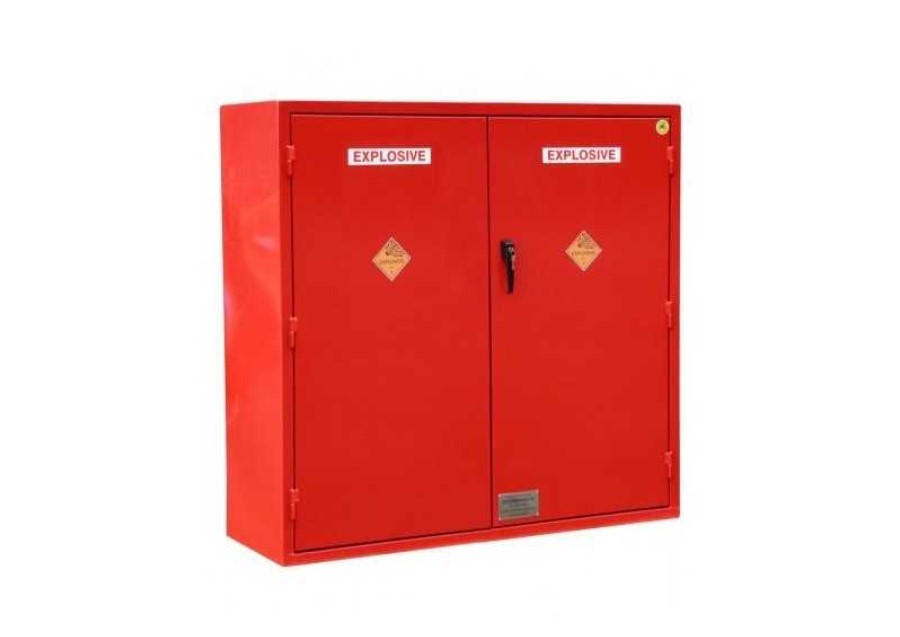
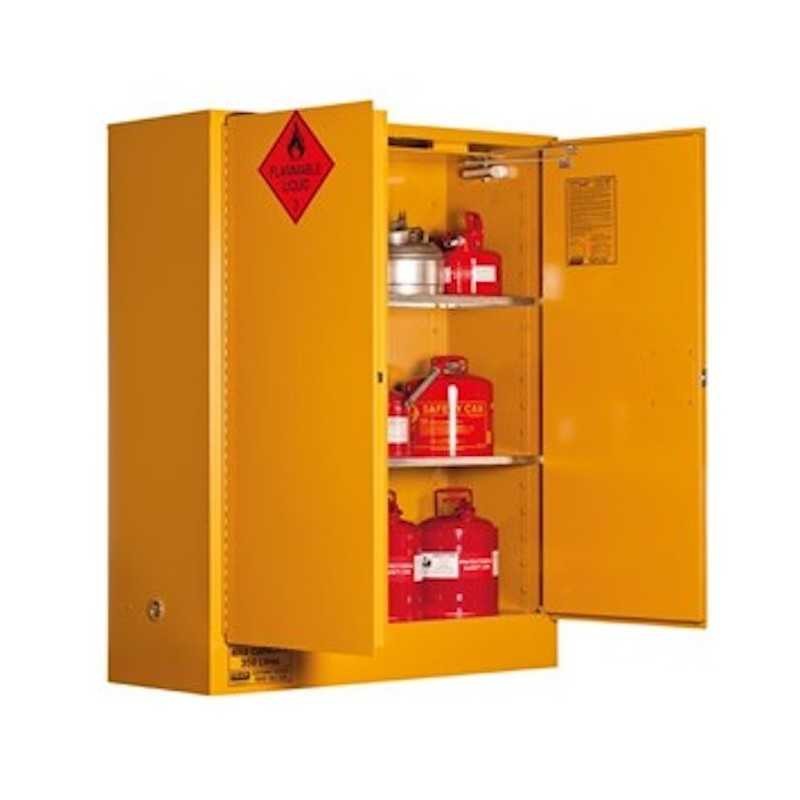
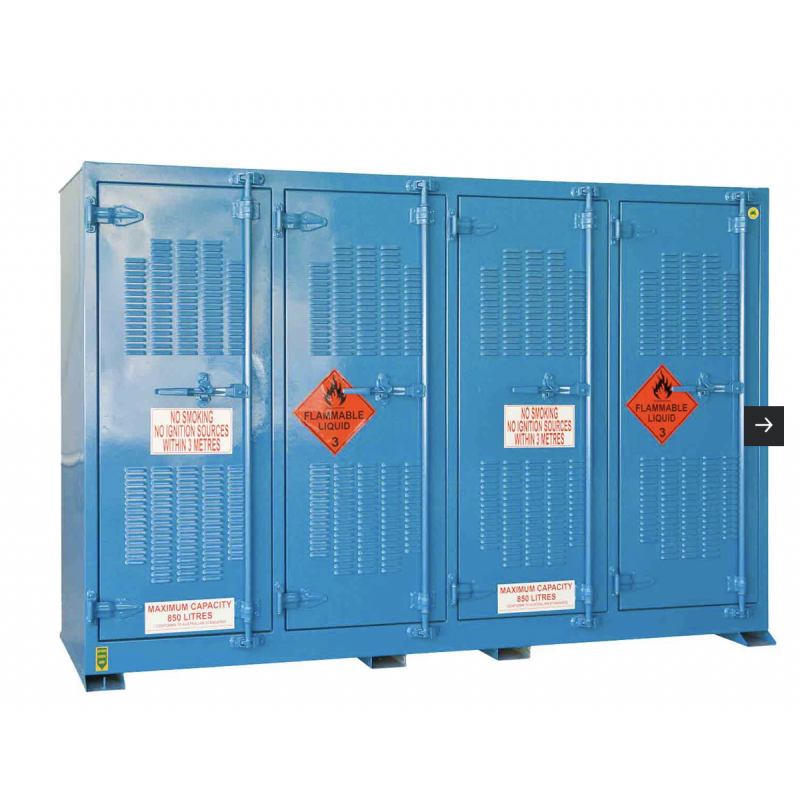
Leave a comment